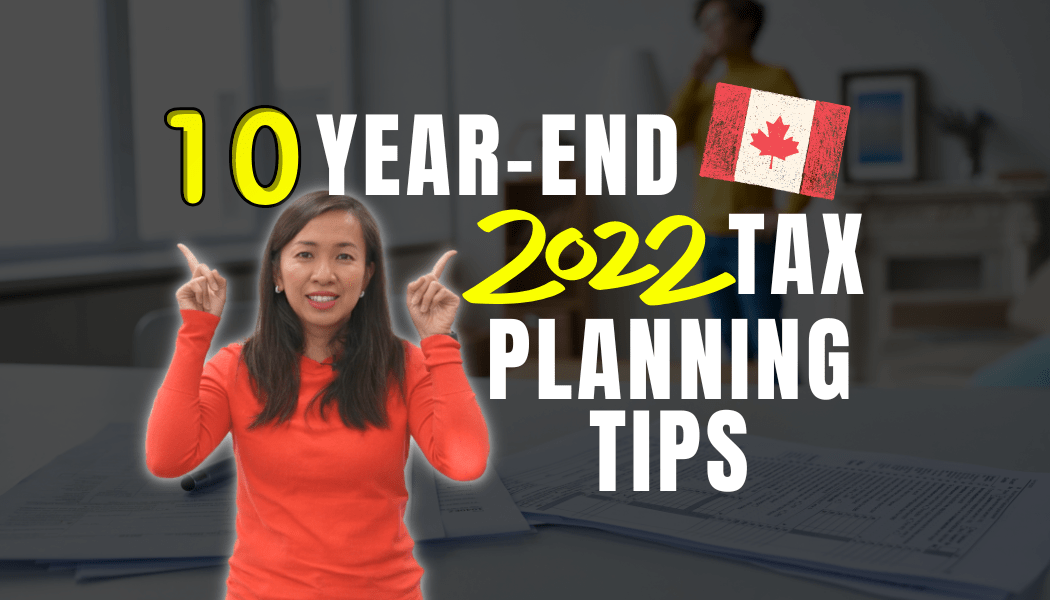Hello fellow real estate investors and real estate professionals,
In the last blog post, I provided an analysis on the benefits and pitfalls of the common corporate structures used by real estate investors who own their own real estate portfolios. In this post, I will provide a calculation on when it makes sense financially to own the portfolio within these structures. You’ll notice that the long-term goal you wish to achieve through real estate investing, which I’ve been referring to as your Big Why, is a crucial aspect to how and when you incorporate your real estate investing business. Keep that long-term goal in mind and you’ll be able to see where the benefits lie down the road.
One corporation, multiple properties
 As I mentioned in my last post, the legal costs to set up would be about $1,000 – $1,600 and annual filing costs would be a few thousand dollars. Your rental income would be considered passive income and therefore be taxed at 46.17% in the corporation. Of that 46.17% being taxed, 26.66% is refundable to the corporation when a taxable dividend is declared, eventually and essentially, the corporation is paying roughly 20% tax on your rental income.
As I mentioned in my last post, the legal costs to set up would be about $1,000 – $1,600 and annual filing costs would be a few thousand dollars. Your rental income would be considered passive income and therefore be taxed at 46.17% in the corporation. Of that 46.17% being taxed, 26.66% is refundable to the corporation when a taxable dividend is declared, eventually and essentially, the corporation is paying roughly 20% tax on your rental income.
When the taxable dividend is declared, it is considered as non-eligible dividends and a different tax rate is applied to non-eligible dividends compared to regular income.
Say you want the cash flow immediately and setup only one corporation– if your marginal tax rate for your rental income is between $136K and $150K, you are paying 46.41% on the rental income if you own the property personally. If you own the property in one corporation and declare a taxable dividend to yourself immediately, the combined corporate and personal tax rate is 49%.
If your marginal tax rate for your rental income is between $150K and $220K, you are paying 47.97% on the rental income if you own the property personally. If you own the property in one corporation and declare a taxable dividend to yourself immediately, the combined corporate and personal tax rate is 50%.
Essentially, there are no tax benefits if you need the cash immediately.
But, say you want to declare the dividend to yourself when you are earning less money personally, perhaps later in life when you’re unable to work as long or as often. The combined tax rate can be significantly lower.
Or, here’s another example, say in the future your child goes to university and you want to pay for their tuition through the corporation– rental income is taxed at roughly 20% after a taxable dividend is declared
Assuming your child is not making any other income, you can declare a taxable dividend of about $44K paying close to nothing in tax. The combined corporate and personal tax rate is then 20%.
In other words, if your rental income is taxed at more than 20% in your personal name, it is worthwhile to consider incorporating, particularly when you have income tax splitting opportunities with your adult family members.
To put this into perspective, if you make more than $40K of employment income, tax rate on your rental income is already higher than 20%.
Three-tiered corporations
 Note that the above points are all applicable to the three tiered corporation structure because the Real Estate Holding Co still earns passive income from the corporation.
Note that the above points are all applicable to the three tiered corporation structure because the Real Estate Holding Co still earns passive income from the corporation.
The only difference is that a management corporation is managing the properties, and therefore, earning some amount of active business income in the corporation at 15.5%, of which zero percent is deductible in this management corp
Now let’s dive deeper into when the break-even point is to setup this three tiered-structure.
The objective of this structure is that the corporations can accumulate capital faster and allow the higher after tax profit to be reinvested and purchase more properties.
The assumption again is that you do not need the cash flow now and you are making profit from your rental portfolio.
The cost of annual filing of 3 corporations is roughly $3K and after tax costs are roughly $2K.
If we can defer more than $2K of tax, we can consider incorporating.
Say your marginal tax rate on your rental income is 46% but a portion of this rental income is taxed at 15.5% in the corporations when you use the three tiered corporation structure, as long as the tax deferral can be greater than the cost of the annual filing cost, you are ahead of the game
Based on a 10% management fees, depending on the marginal tax rate on your rental income, the break even amount of rental income is roughly $60K to $75K for the top four tax brackets in Ontario
This is roughly equivalent to 2 student rentals (6 bedrooms in each house with $2,700 monthly rent) or 3 rent-to-own properties.
Keep in mind the same tax planning opportunities are still available in this 3 tiered structure. If you make more than $40K and have adult family members available for income splitting, you should consider incorporating.
The above illustration just demonstrates when you will start seeing an advantage, purely from the tax perspective, if you setup the three tiered corporations.
There are other significant benefits for incorporating, such as limited liability, that a lot of investors would choose to pay the extra filing cost to have peace of mind.
Again, these structures are not for everyone. The calculation above merely demonstrates the cost and benefits from the tax perspective.
Owning properties are not for everyone. It depends on your personal situation and your Big Why.
Talk to your professional advisor, or contact me, to make an informed decision about your real estate holdings.
Until next time this is your Real Estate Taxation Advisor and friend,
Cherry




